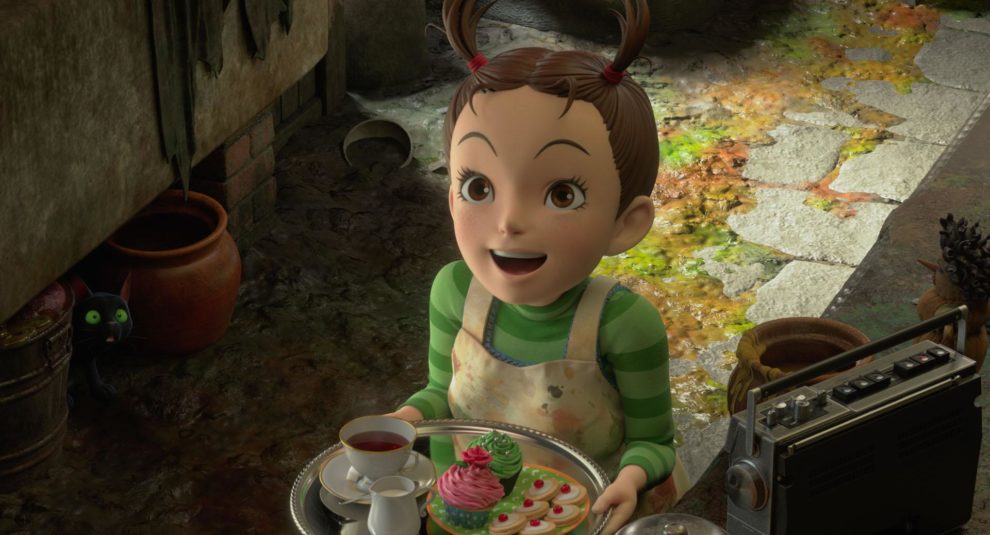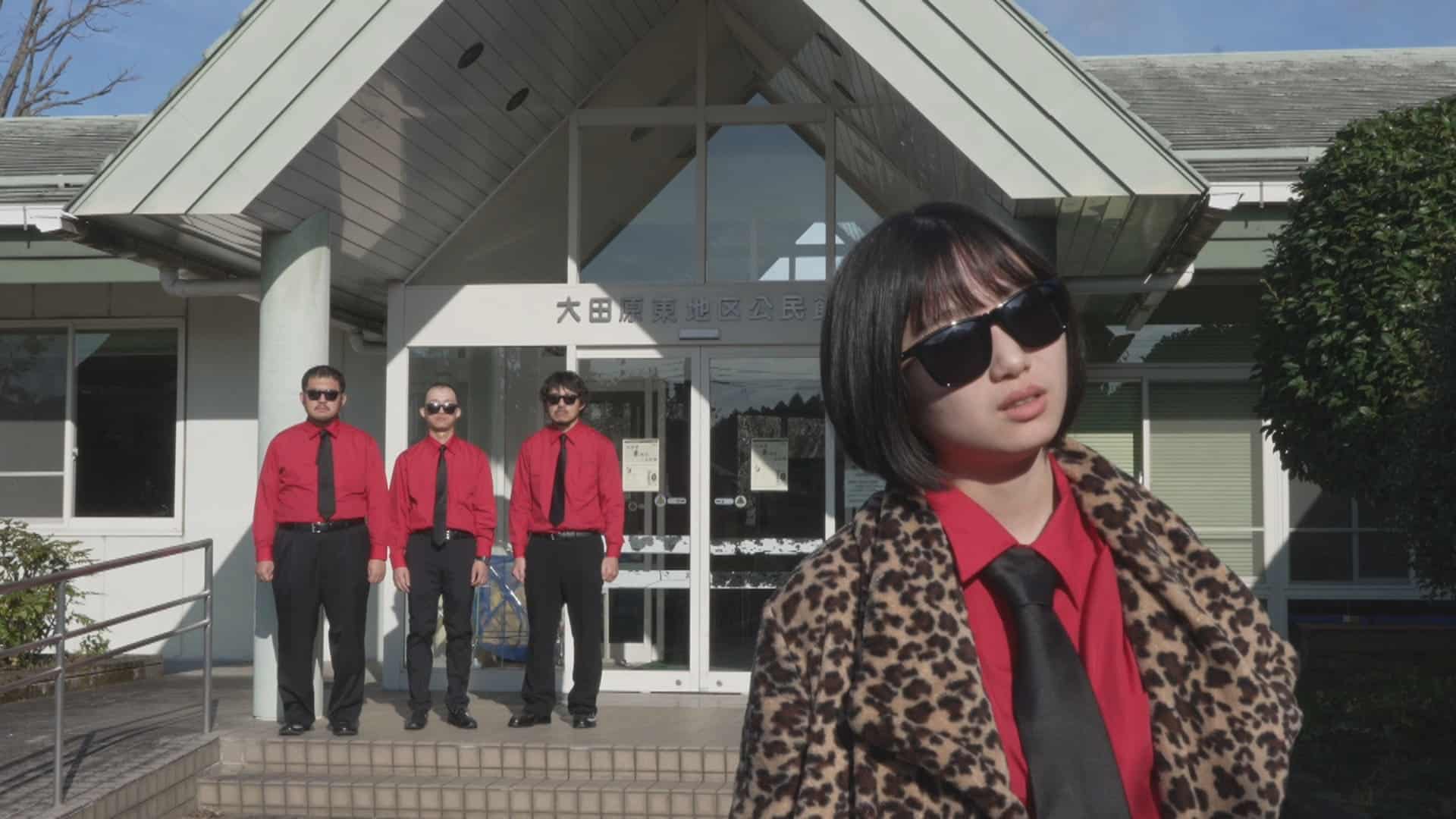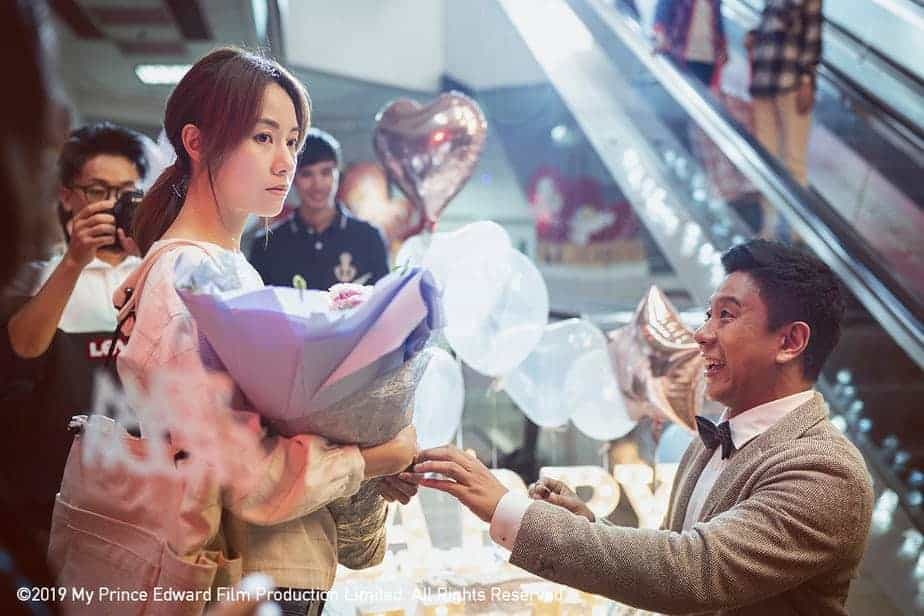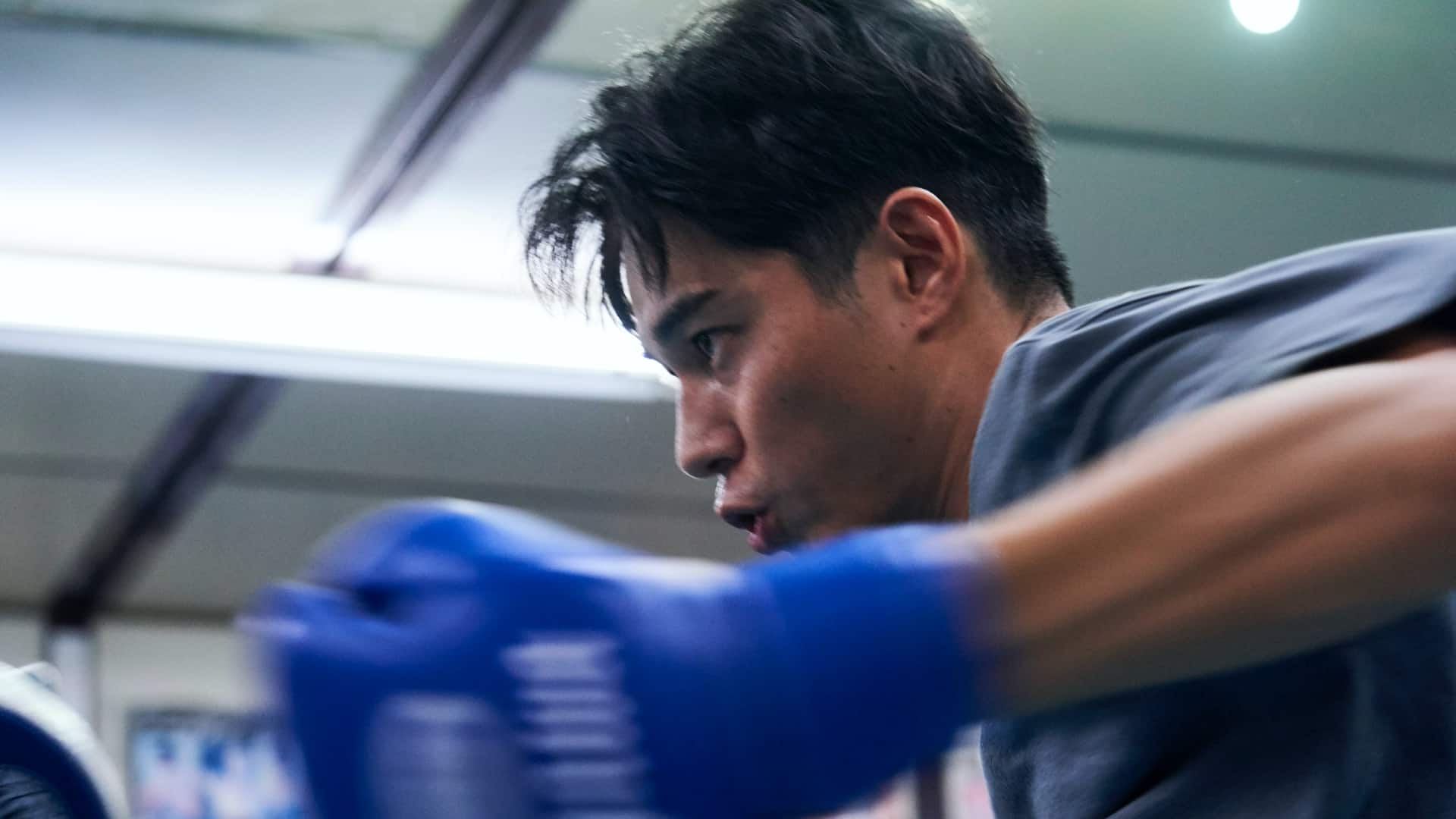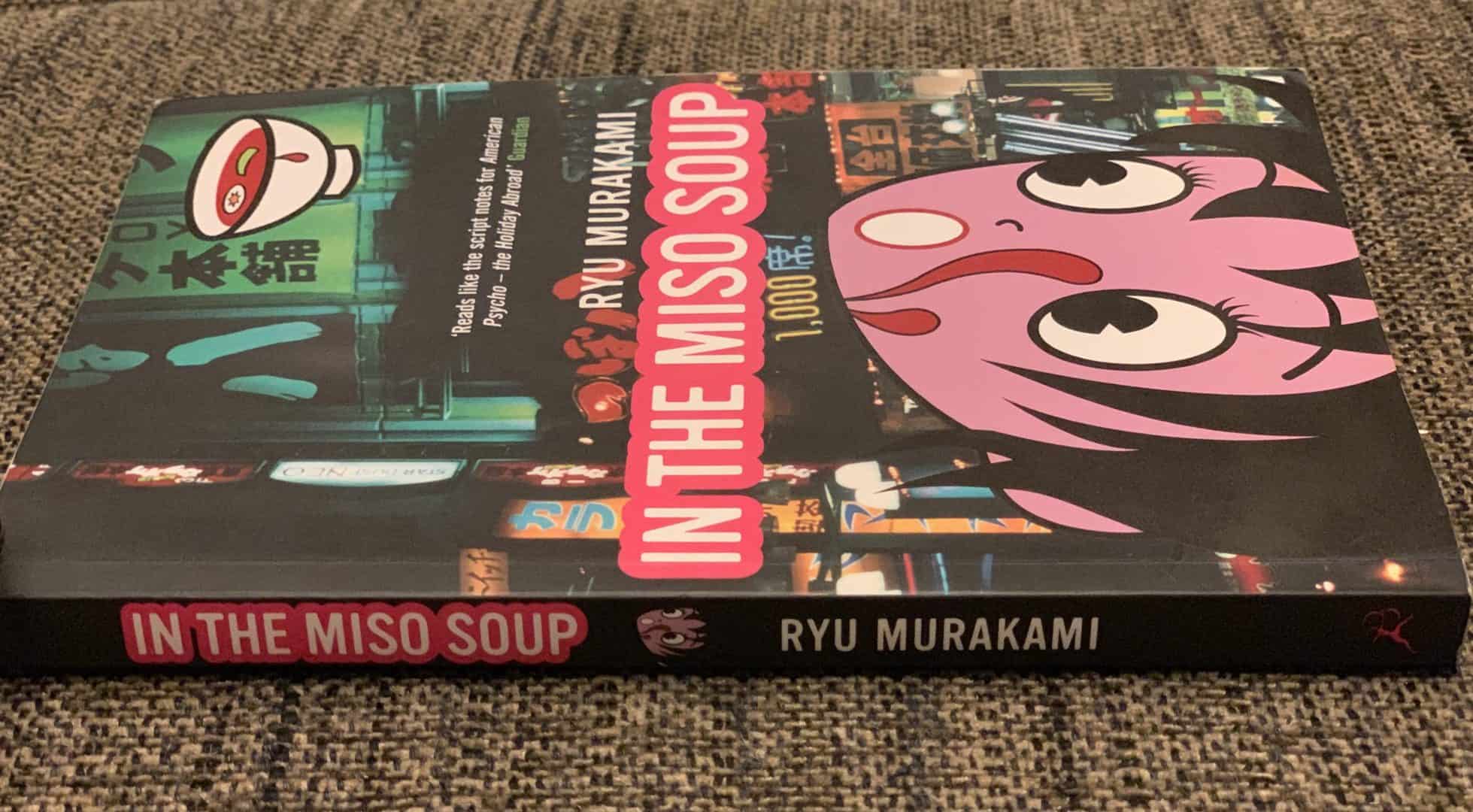Before “Earwig and the Witch”'s release, its press excitement seemed to build over the years. The film represents Studio Ghibli's first foray into 3D CGI animation; furthermore, it signifies Goro Miyazaki's own directorial debut, marking a significant departure from his father's (Hayao Miyazaki) strictly traditional ways. Its release also promised glamor: with a premiere plan at Cannes 2020 and a star-studded English dub cast (including pop-country cameo Kacey Musgraves!), the film's PR team seemed to tie all its loose ends together. In retrospect however, the hype feels more over-compensatory than is justified. “Earwig and the Witch” fails to live up to its expectations, making it difficult to forgive Studio Ghibli for staining its pristine filmography like so.
From the get-go, “Earwig and the Witch” squeezes itself into the Ghibli lineage. Like “Howl's Moving Castle,” it is yet another adaptation of a Diana Wynne Jones novel. The film takes place in a fantastical modern Britain, where witches still roam and classic rock reigns. In the midst of this, orphan Earwig (Taylor Henderson) seems to live a relatively normal life. Manipulative yet charming, she happily has the entire orphanage wrapped around her finger… till one day, she gets adopted by the hideous Bella Yaga (Vanessa Marshall) and her demonic husband, The Mandrake (Richard E. Grant). With all work and no play, Earwig's new life as a witch's assistant seems miserable. That is, until the house cat, Thomas (Dan Stevens) offers to teach her how to get around the new rules of the house – provided that she stirs up a few potions first.
Like “Howl's Moving Castle,” the plot's premise is endearing. Miyazaki has a dynamic character set at his disposal; moreover, a world of witchcraft seems like a surefire assurance of creative interpretation. Indeed, the film's concept art for each room within the house must have been incredible: each nook and cranny of Bella Yaga's kitchen is delightfully detailed, and The Mandrake's bedroom maintains a richly bourbon-like atmosphere. Unlike the strutting homes in “Howl,” however, these embellished environs limp along. The concept art stays static as the movie tries to sell the simplest magic trick — of disappearance — as a sign of the house's dynamism.
Cheap tricks like these continue in the character design. In an effort to maintain the typical Ghibli approach, the animation favors more artificially smooth textures than it does naturalism. In doing so, however, hair reads as more stiff than it does stylized; any extreme expression feels templated and pained. At one point, “Earwig” reframes the famous sizzling bacon and eggs scene found in “Howl.” Though without a playful fire demon and instead with a sickeningly shiny surface, the meal looks downright unappetizing. “Earwig” designs feel more suffocatingly confined by the limitations of mathematical rigs than do their free-moving “Howl” counterparts, throwing into question Ghibli's vision of 3D CGI.
These constraints are only redeemed by the liberating introduction of rock. However, even this reprieve is brief, as it is mostly exposed towards the end. The stuffiness of the insistent interior space paints a stagnant atmosphere instead of celebrating Ghibli's usual mystery and joy. Miyazaki's attempt to bend so much to Ghibli aesthetic tradition turns out to be his greatest downfall. The shallow constraints of 2D design impair his own rendering of the typical Ghibli wonder. As a result, he misses the point of what makes Ghibli, well, Ghibli.
In the end: what made this film so sub-par? It is hard to place a finger on the root cause. One could argue that the 3D rendering simply is not compatible with Studio Ghibli's usual attention to detail. Others can point fingers at Goro Miyazaki, as it is his first time directing a feature-length movie. And still others could point to the studio itself; perhaps, like any other studio, this simply was one of Ghibli's flops. Either way, it's never a pleasure to write about a film disliked — and even less so of a film that disappoints. It is truly unfortunate that Goro Miyazaki's directorial debut “Earwig and the Witch” belongs squarely into the latter.
“Earwig and the Witch” is now available on HBO Max and on DVD/BluRay by GKIDS.


